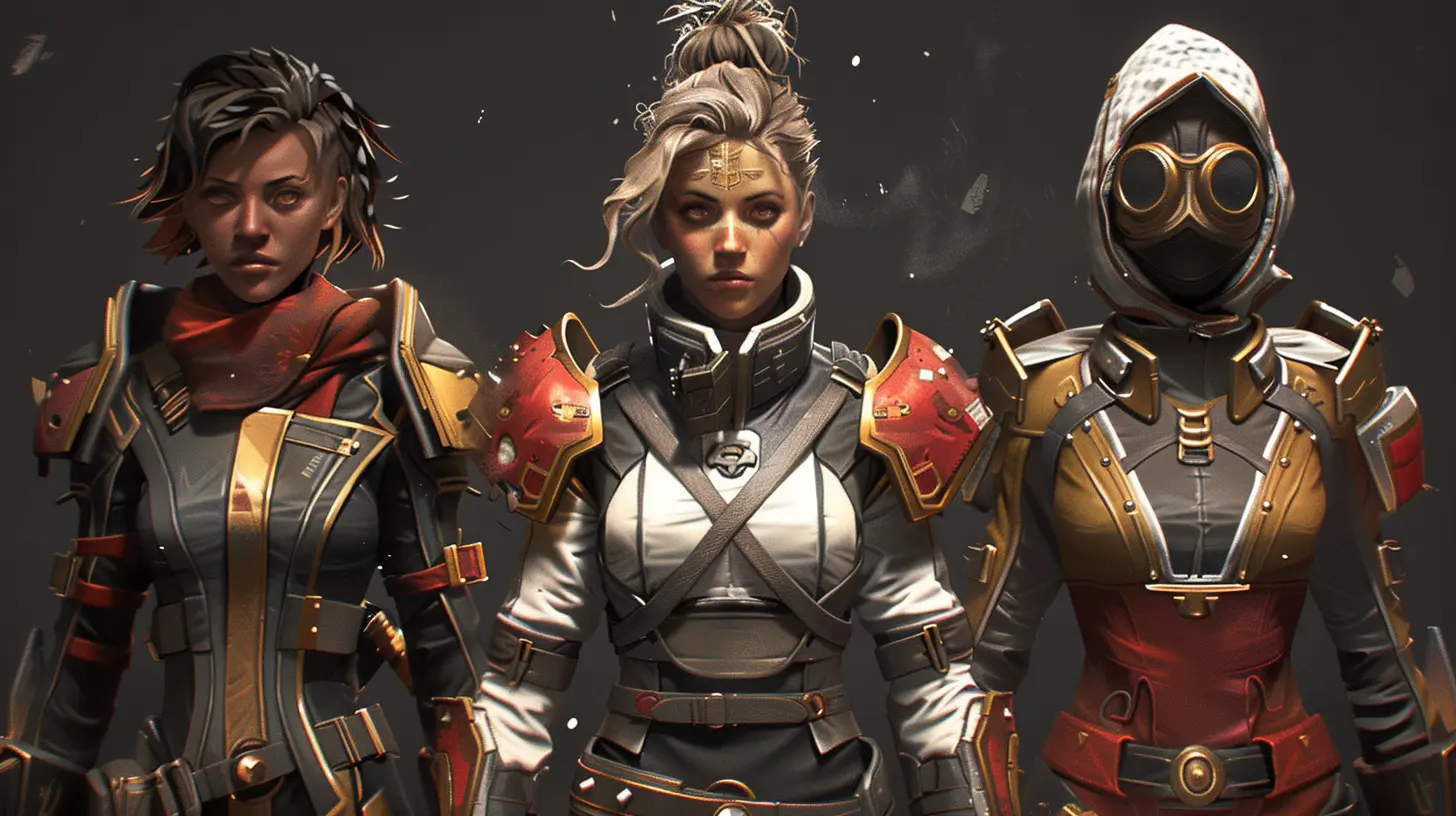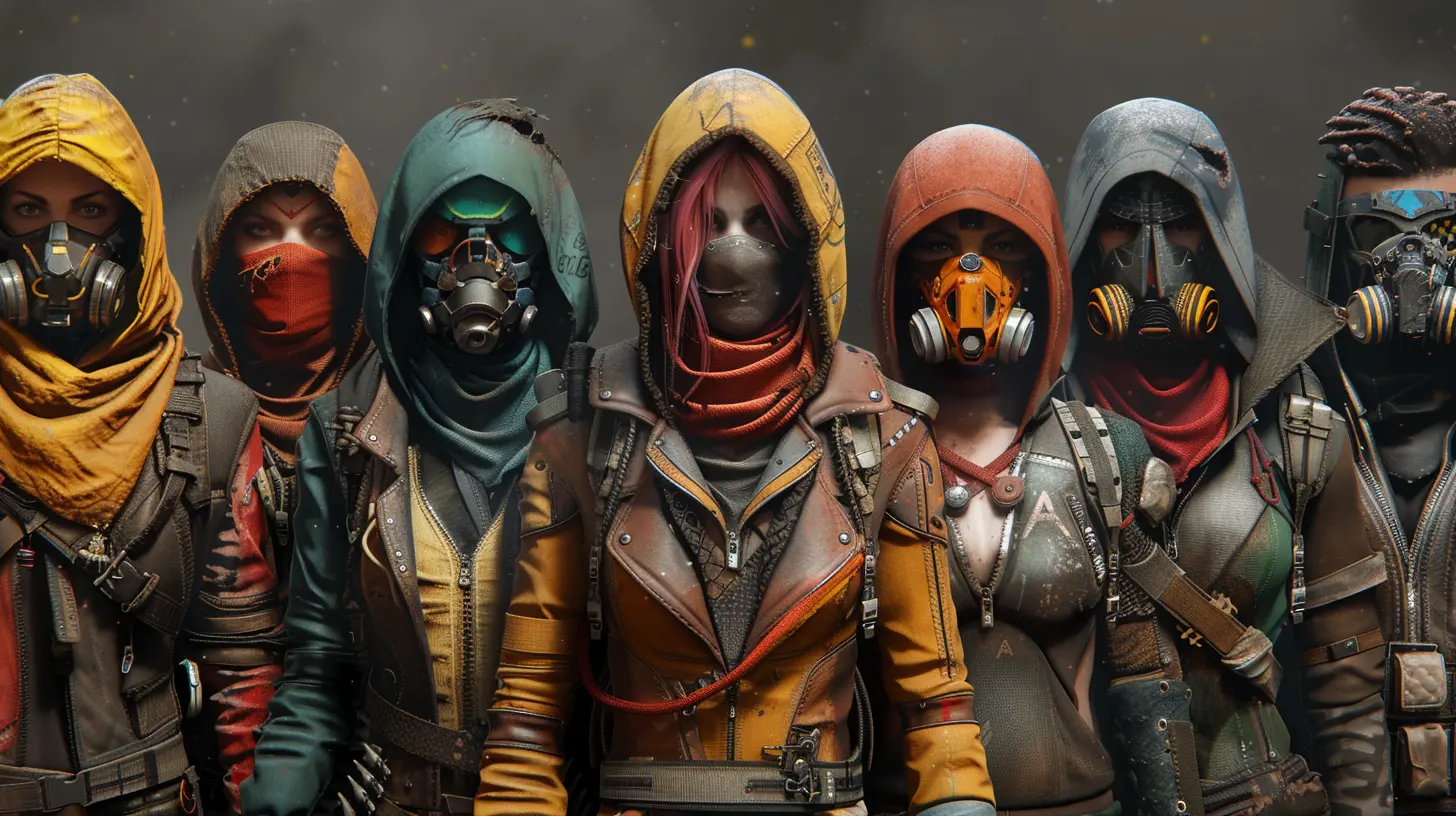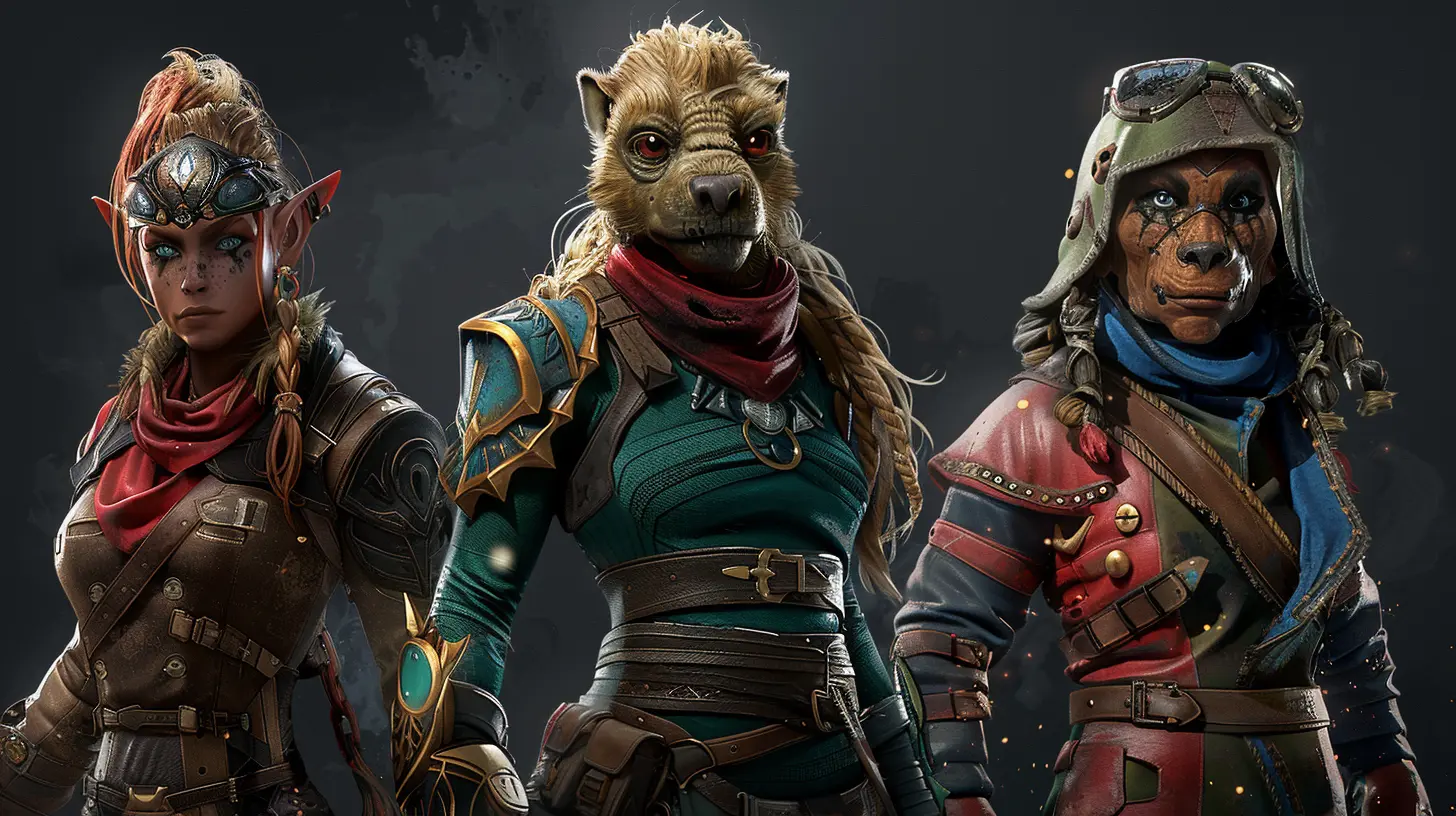Character Skins & Customization: A Deep Dive Into Cosmetic DLC
1 November 2025
Ever spent hours tweaking a character’s armor color? Or dropped a few bucks just to rock a sweet ninja costume in your favorite game? You’re not alone—and honestly, there's no shame in that game. Customization has become a core part of the gaming experience, and character skins are the crown jewel of cosmetic DLC.
In today’s deep dive, we’re peeling back the layers of what makes character skins and cosmetic DLC so addictively fun, how developers are using them to change the game (literally), and why we, the players, can’t get enough of them.
What Are Character Skins and Cosmetic DLC Anyway?
Let’s break it down nice and easy.Character skins are alternate appearances for your in-game avatars. Think of them like digital outfits—some flashy, some subtle, all about style. Cosmetic DLC (Downloadable Content) is the umbrella term that covers skins, costumes, emotes, weapon wraps, and more. The key? They don’t change gameplay. They're purely aesthetic—eye candy for your gaming experience.
These digital dress-ups don’t make you stronger or faster, but they sure do make you look cooler while conquering foes. And let’s be real: sometimes, style is power.
Why Do Players Obsess Over Skins?
Good question. Here’s the deal—we humans love personalization. From customizing MySpace profiles back in the day (throwback!) to curating our Instagram feeds now, we crave uniqueness. Games are no different.When you spend hours in a virtual world, your character becomes an extension of yourself. So it only makes sense that you’d want them to reflect your taste, mood, or even your inner fashionista. Skins allow us to stand out from the crowd, to say “Hey, this is me!” without saying a word.
Plus, there’s that feel-good buzz when you unlock or equip a rare skin. It’s like getting new shoes IRL—you step a little lighter, walk a little taller, and feel just that much more badass.
A Brief History of Cosmetic DLC
You might think skins are a modern-day thing, but they’ve been around longer than you’d expect.Back in the ‘90s, games like Quake let players mod their own character models. Sure, it was clunky, and you needed some tech know-how, but the spirit was there.
Fast forward to the mid-2000s, and you get games like Team Fortress 2, which introduced hats and cosmetics in a way that was both fun and profitable. Then came League of Legends, Fortnite, and Overwatch—games that made cosmetic DLC a billion-dollar industry.
Today, it’s unusual not to have skins. If a game doesn’t offer them, players often raise eyebrows.
How Developers Use Skins to Keep Games Fresh
Let’s talk strategy.From seasonal events to exclusive collaborations, developers use skins as a clever way to keep players engaged. Here's how it works:
1. Exclusive Time-Limited Skins Keep You Coming Back
Ever seen a “holiday-exclusive” outfit or a skin that’s only available for one week? That’s called FOMO—Fear Of Missing Out—and it works like a charm.You don’t want to miss out on that Santa-themed assault rifle, right? So you log in, play more, maybe even spend a little cash. It’s a win for both the gamer and the game developer.
2. Skins Drive In-Game Economies
In games like CS:GO or Valorant, skins can be sold or traded. Some are so rare they sell for thousands of dollars. Believe it or not, some players treat skin trading like stock trading—it’s that serious.3. They Help Fund “Free-to-Play” Games
Ever wonder how free games make money? Skins, baby. You don’t pay to play, but those fire dragon armor sets aren’t included. Many players end up supporting the devs through microtransactions, and honestly, it’s a fair trade when done right.The Good, The Stylish, and The Ethical
Okay, we’ve sung the praises of skins, but let’s get real for a second.There’s a fine line between fun customization and manipulative monetization. Some games go a little overboard with loot boxes or overpriced bundles. And when players feel pressured to spend just to keep pace with others, it kills the vibe.
So here’s the golden rule: Cosmetic DLC should always feel optional.
When it’s purely for fun and doesn't affect gameplay, it creates a balanced, respectful relationship between devs and gamers. And thankfully, most modern titles are moving in that direction—keeping it ethical while still offering plenty of pizzazz.
Popular Games Nailing Skins & Customization
Let’s shout out a few champions that are absolutely crushing the skin game:🎯 Fortnite
Probably the king of cosmetic DLC. From Marvel heroes to anime crossovers, Fortnite constantly drops jaw-dropping skins that double as pop culture celebrations. And they’re not cheap knockoffs—these collabs are top-tier.⚔ League of Legends
LoL has an entire ecosystem of premium skins, from fun beach styles to dark, edgy looks. Some even come with alternate animations and voice lines. It’s not just a new coat of paint—it’s a whole vibe.💎 Apex Legends
Each season, Apex brings fresh character skins, weapon camos, and thematic events. And thanks to its stylish art direction, everything feels sharp and distinctive.🔫 Call of Duty: Warzone
From brutal tactical gear to flashy operators, Warzone offers a nice blend of realism and flair. Plus, who doesn’t want to run around as a neon-colored ghost soldier?The Psychology of Skins: Why We Keep Clicking ‘Buy’
Ever ask yourself why you’re willing to shell out $10 for a virtual outfit you can’t even touch?Here’s the thing: skins tap into our love for identity and reward. They make us feel unique. They make us feel seen.
• Status Symbol: Rare skins say, “I did the grind” or “I was there during that limited event.”
• Emotional Connection: Some skins are tied to events, seasons, or memories—we grow attached to them.
• Aesthetic Joy: Let’s not underestimate the simple joy of visual upgrades. Sometimes, it just feels right to match your weapon skin to your armor.
It’s kind of like customizing your car, wardrobe, or phone case—but in digital form.
Customization Beyond Skins
Skins are just one piece of the customization puzzle.Many games go above and beyond, offering sliders for facial features, body types, hairstyles, and even voice tones. Some RPGs like Cyberpunk 2077 or Elden Ring let you sculpt your character from scratch. Want pointy elf ears and bright pink hair? Go for it. This is your adventure.
Customization feeds creativity. It lets you tell your story your way, and that’s powerful stuff.
What Makes a Great Skin?
It's not just about colors or patterns. A good skin tells a story. Here’s what sets great cosmetic DLC apart:- Cohesive Design: The skin should fit the game’s world and lore.
- Quality Models & Animations: The best skins feel like they were made with care, not slapped together.
- Unique Effects (But Not Overpowered): Particles, animations, and sound tweaks make skins pop without messing with balance.
- Rarity & Exclusivity: Limited-time offerings make skins feel special, but they should never be too hard to get—or too expensive.
The Future of Cosmetic DLC
Looking ahead, customization is only going to get bigger and better.We’re seeing more user-generated content, like in Roblox and The Sims, where players design their own skins and share them. AI is stepping in too, creating personalized skins based on your preferences or gameplay style.
With the metaverse on the horizon, your digital identity—complete with outfits, accessories, and custom emotes—might become just as important as your IRL look. Crazy to think about, right?
One thing’s for sure: the pixel runway is only getting longer, and we’re here for the strut.
Final Thoughts: Dress To Impress (Yourself)
Character skins and cosmetic DLC aren’t just fluff—they’re a celebration of creativity, fandom, and self-expression. Whether you’re rocking a legendary outfit in Overwatch or dressing your RPG hero in the daintiest of robes, you’re not just playing—you’re making a statement.And the best part? It’s all in good fun. No pay-to-win, no shady tactics—just you, your character, and your favorite look.
So go ahead, flaunt that neon hoodie or pastel mech suit. Style points might not show up on the scoreboard, but they sure make every victory feel a whole lot sweeter.
all images in this post were generated using AI tools
Category:
Downloadable ContentAuthor:

Francesca West

